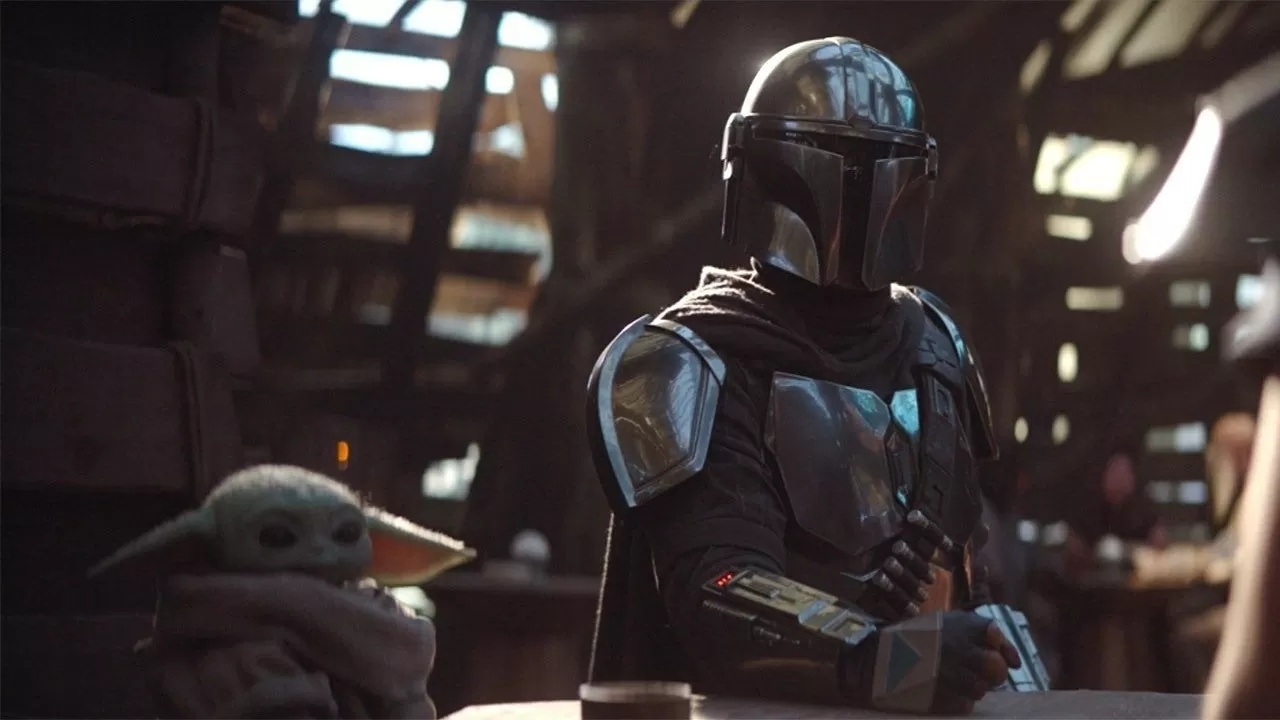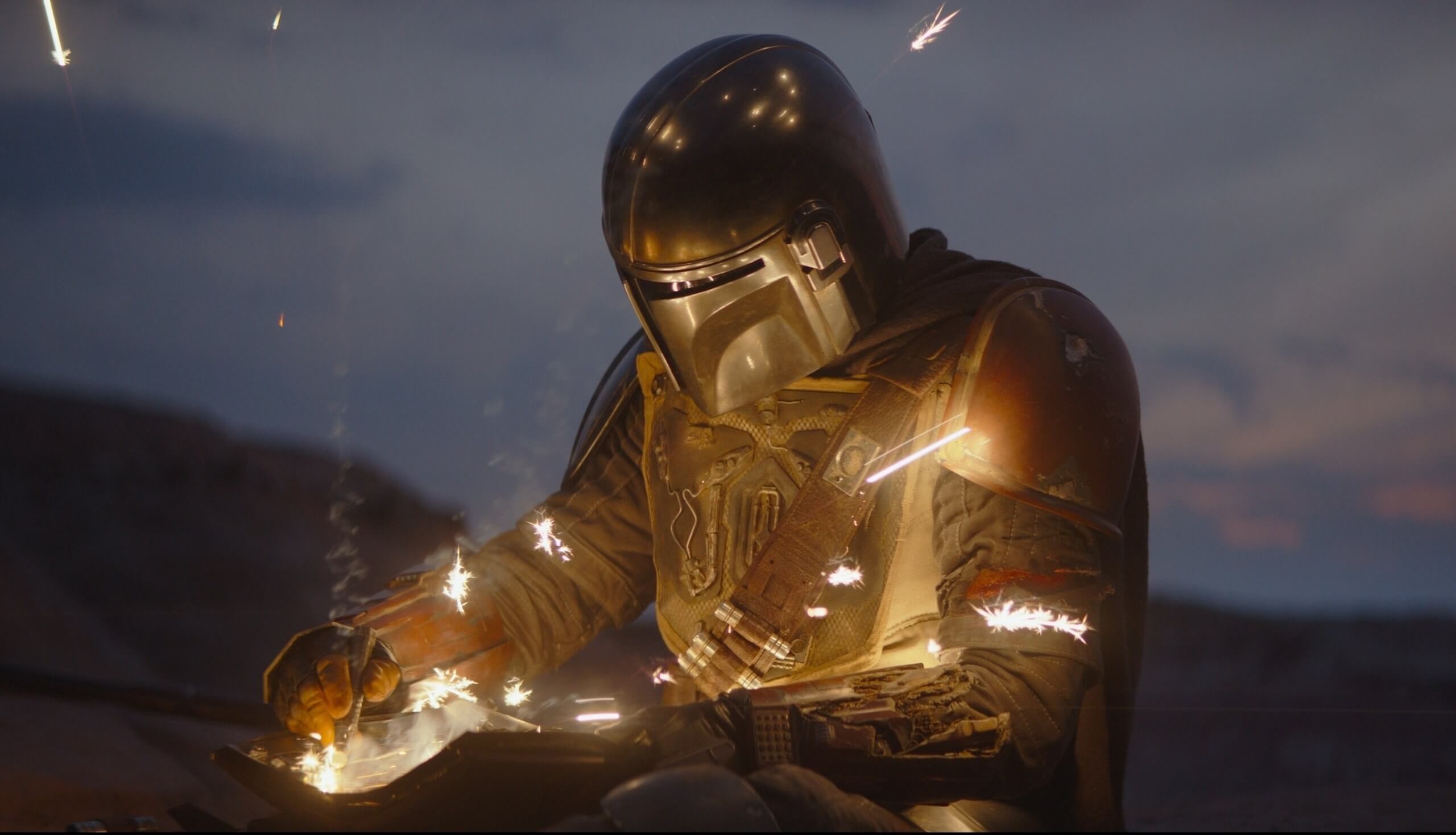In context: The Mandalorian, a Disney+ exclusive, is the first-ever live-action Star Wars television series in the history of the franchise. It is also the first production of the property that uses Epic's Unreal Engine.
Fans started noticing Epic Games listed in the credits of The Mandalorian shortly after the show debuted back on November 12, but Disney revealed the collaboration back in a 2018 investors brief. However, the company didn't mention the show by name, so it somewhat slipped under the radar.
"Epic Games, developers of Unreal Engine and Fortnight, is collaborating with Lucasfilm to bring the power of Epic's Unreal Engine real-time rendering to live-action production for the first time ever on a series for Disney's Direct-to-Consumer streaming service launching late next year," the briefing read.
VFX blog "befores & afters" noted that at Siggraph 2019, head writer and creator of the show Jon Favreau discussed how the game engine was used to help with the previsualization (previs) process.
"We used the V-cam system where we get to make a movie, essentially in VR, send those dailies to the editor, and we have a cut of the film that serves a purpose that previs would have," Favreau told the crowd at Siggraph.

Unreal was not just used to create dailies, though. The Mandalorian set had LED video walls used to provide "in-camera composites." The SFX team projected pre-rendered content like environments on the LED walls, which served as dynamic green screens of sorts.
"We got a tremendous percentage of shots that actually worked in-camera, just with the real-time renders in engine, that I didn't think Epic was going to be capable of. For certain types of shots, depending on the focal length and shooting with anamorphic lensing, there's a lot of times where it wasn't just for interactive - we could see in camera, the lighting, the interactive light, the layout, the background, the horizon. We didn't have to mash things together later."
This not only helped in filming scenes, but it also helped the actors know what was around them --- the horizon, for instance. It also provided interactive lighting, which Favreau describes as a "huge breakthrough."
"Even if we had to up-res or replace them [scenes filmed in front of the LED walls], we had the basis point and all the interactive light. And it would fool people," he added. "I had people come by the set from the studio who said, 'I thought you weren't building this whole set here,' and I said, 'No, all that's there is the desk.' Because it had parallax in perspective, it looked, even from sitting right there, if you looked at it casually, you thought you were looking at a live-action set."
The Mandalorian is not the first film to use a game engine in production. Favreau utilized Unity for previous work in The Lion King and The Jungle Book. Additionally, directors Steven Spielberg (Ready Player One) and Denis Villeneuve (Blade Runner 2049) used Unity to help achieve their VFX..
